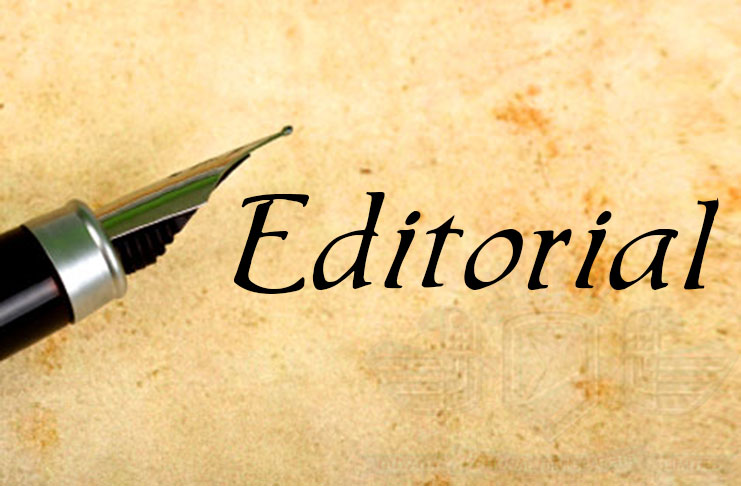In the past seven years, Jammu and Kashmir has witnessed a significant transformation in its transportation landscape. The number of registered vehicles in the Union Territory has nearly doubled, rising from 14.88 lakh in 2017 to 27.29 lakh by December 2024. This surge, fueled by improved road infrastructure, booming commercial activities, and increasing public demand for modern transport facilities, has not only reshaped the region’s mobility but also brought along new challenges.
The revenue generation from the Motor Vehicles Department (MVD) is equally telling of this trend. In the financial year 2024-25, the department generated Rs 697.84 crore, achieving almost half of its target of Rs 1430 crore. Similarly, the previous year’s collection of Rs 925.32 crore exceeded the target of Rs 915 crore. These figures underscore the growing reliance on vehicles and their role in the region’s economic activities, highlighting the potential of the sector to drive future revenue growth.
However, this expansion comes with a set of complications. The surge in vehicles has led to traffic congestion in urban areas and has exacerbated pollution levels, creating significant concerns about road safety and environmental degradation. The growing numbers of vehicles—alongside the staggering statistics of new licenses and fitness certificates—signal an urgent need for enhanced infrastructure and more stringent traffic management.
In response, the government has taken several proactive measures. The introduction of the Intelligent Traffic Management System (ITMS) aims to streamline traffic flow and improve monitoring through advanced technology, including e-challans for enforcement. Additionally, the establishment of Inspection and Certification Centres (ICC) for vehicle fitness and the creation of the Institute of Drivers Training and Research (IDTR) reflect a commitment to ensuring that road safety becomes a central pillar of the growing transport sector.
Furthermore, the launch of 200 electric buses and the approval of 200 more under the PM e-bus Sewa initiative demonstrates a push towards more environmentally friendly transportation options. The Public Bicycle Sharing (PBS) system, with nearly 5 crore rides as of March 2024, adds a sustainable alternative to the mix.
Looking forward, the government’s focus is clear—road safety, traffic management, and sustainable transport solutions. The expansion of the transport subsidy scheme, alongside plans for upgrading Regional Transport Offices (RTOs) and embracing a Public-Private Partnership (PPP) model, will likely shape the future of transportation in Jammu and Kashmir.
The region stands at a critical juncture, where rapid growth must be balanced with sustainability and safety. While the transportation boom promises economic benefits, it is essential that the authorities continue to prioritize the health of the environment and the safety of the citizens to truly unlock the sector’s potential.

Leave a Reply